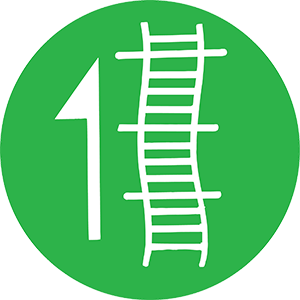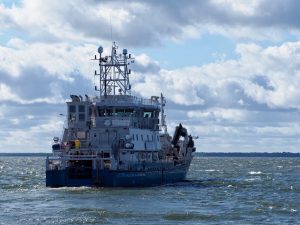IV Possibilities to Get on Board – Seafarers



Boarding phase will require close cooperation with the master of the DV in order to ensure occupational safety of rescue operators. Safe procedures and means for boarding the DV, safe locations onboard as well as emergency evacuation of rescue teams, passengers and crew in case of an emergency exit should be confirmed.
Assessing boarding options mainly includes discussions about prevailing circumstances, options for boarding, possible restrictions and limitations (e.g. use of helicopter or weather impact) and situational risks. Even though rescue authorities are able to board the DV without assistance and guidance from the DV, the assistance of DV master and crew will enhance the efficiency and safety of rescue mission.
Reception and guidance of the rescue authorities boarding the DV will enable faster and more efficient start for rescue operations onboard. The crew is in general always familiar with their own ship and equipment available, therefore the added value of guiding assistance for the rescue authorities could be quite significant. Similarly, possibilities for assistance in establishing emergency decontamination station, provision of supplementary of Self-Contained Breathing Apparatus (SCBA), Emergency Escape Breathing Devices (EEBDs) or equivalent and establishment of first aid facilities onboard should be clarified with the master of DV.
In a HNS incident, when emergency response operation is executed in a hazardous atmosphere, it could mean that transportation to the DV would need the highest level of PPE. This can significantly influence the working time onboard due to consumption of breathing air during transportation and/or physical exhaustion wearing PPE. This, in some cases, could make boarding the DV impossible for rescue authorities. Therefore, different possibilities to assist the DV should be taken into account, such as emergency towing to keep wanted heading to protect the living quarters or using capable SRU’s to position the ship favourably for boarding by e.g. pushing operations.
